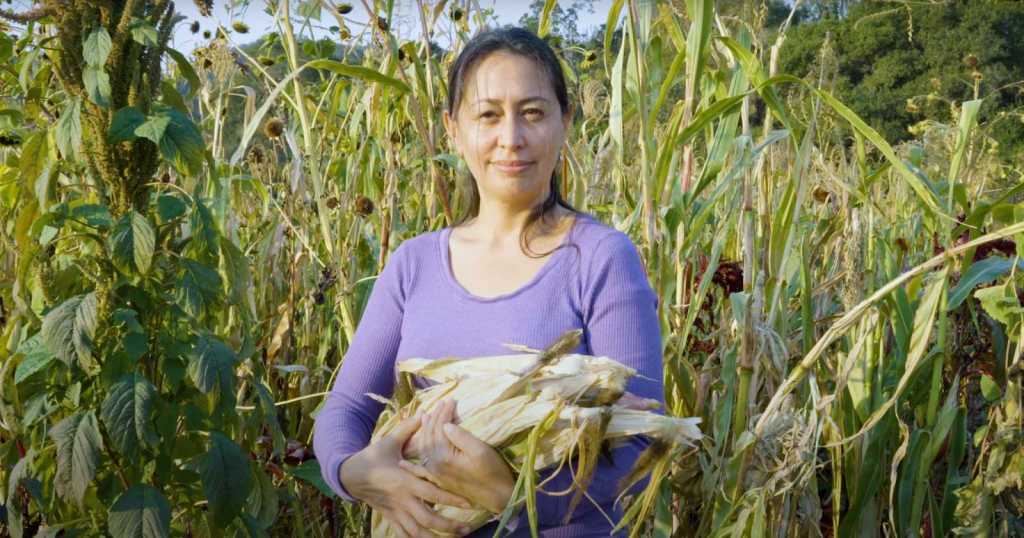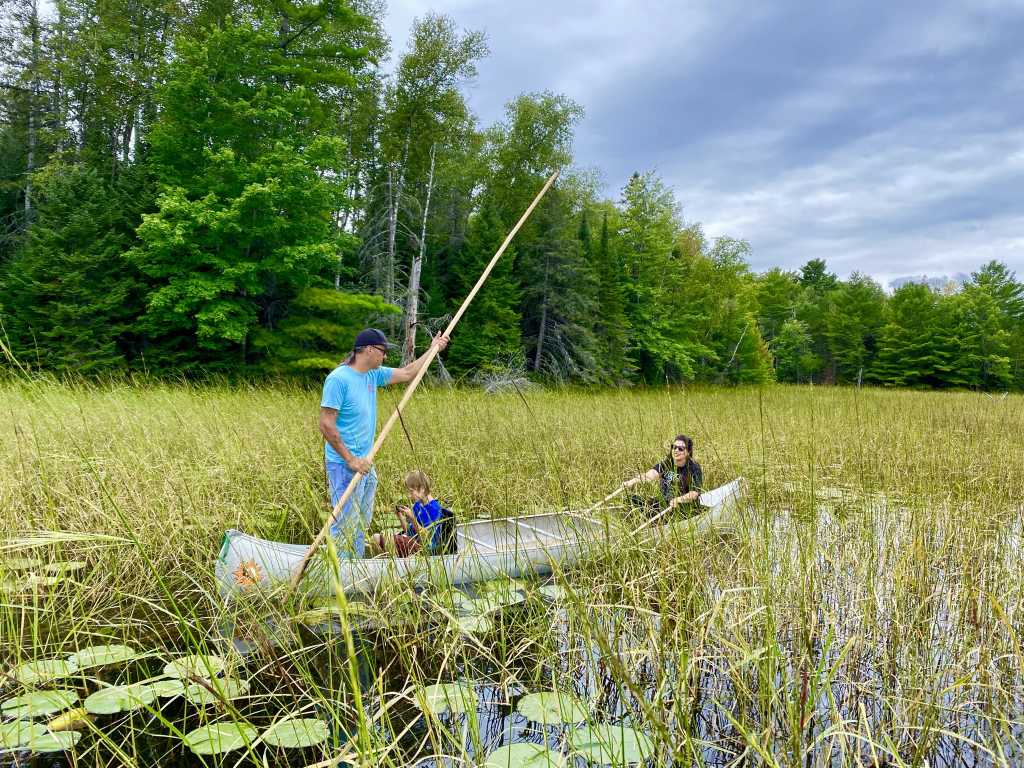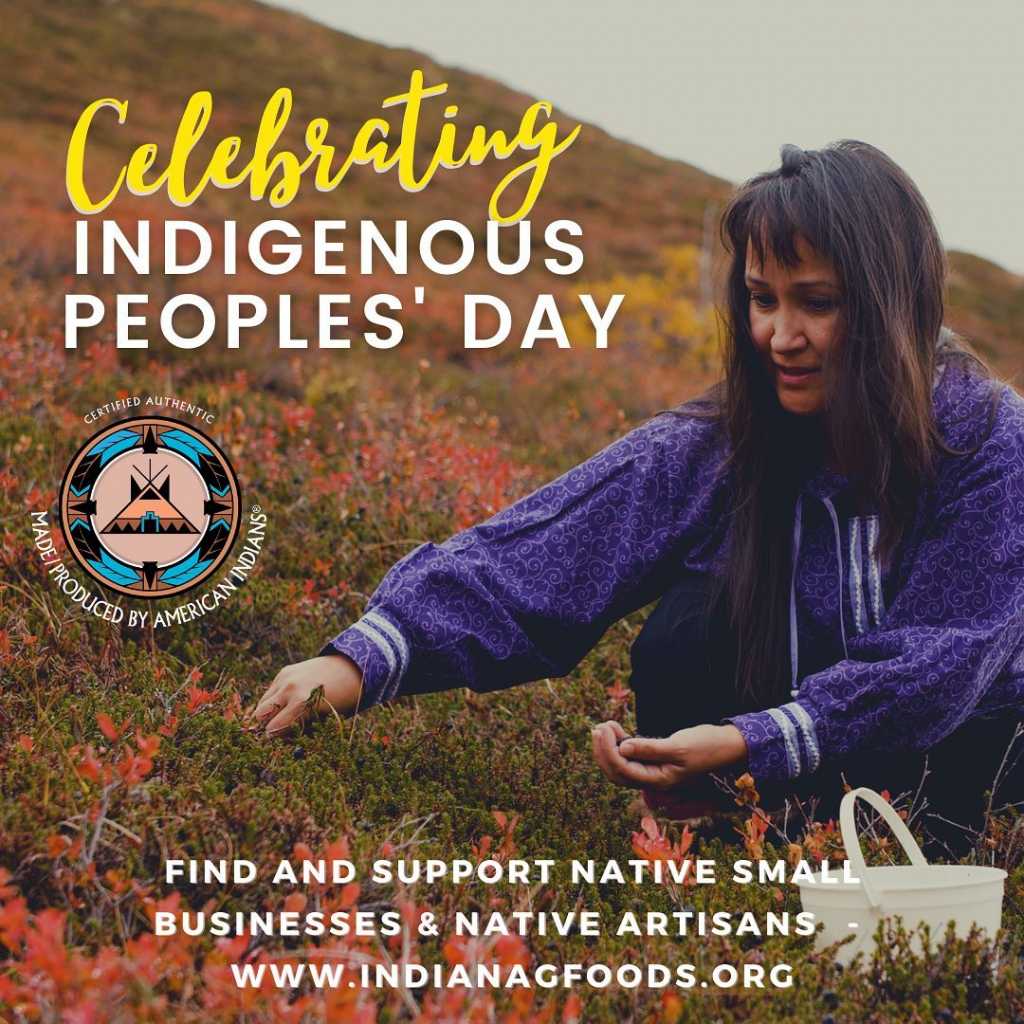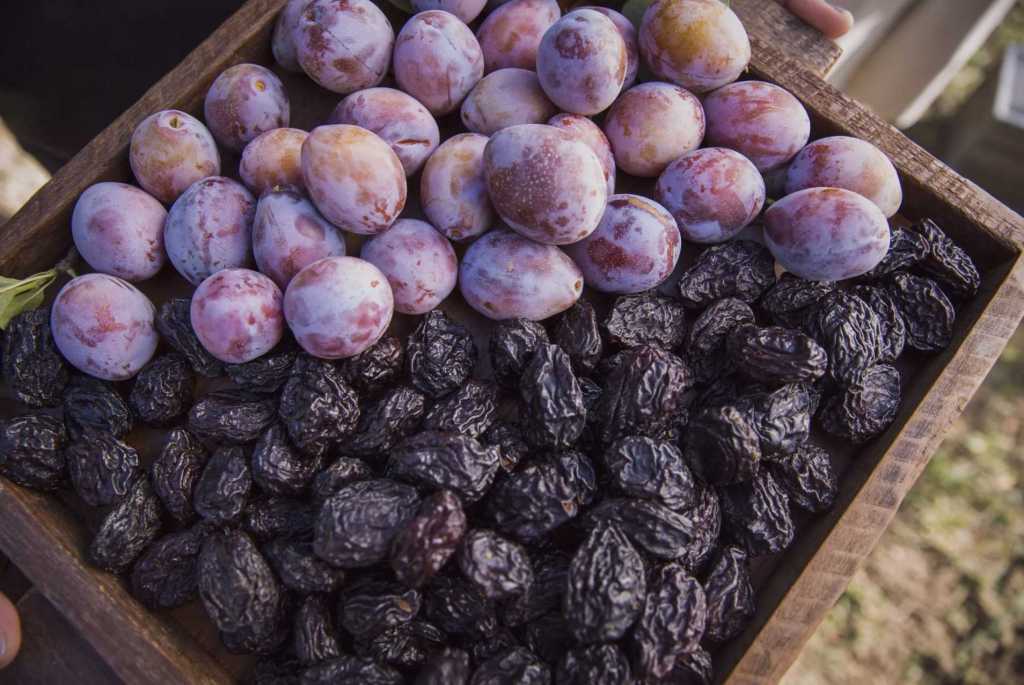November is Native American Heritage Month, also commonly referred to as American Indian and Alaska Native Heritage Month. This designated month commemorates the rich and diverse cultures, traditions, and history of Native Americans and Alaskan Natives.
“Heritage Month is also an opportune time to educate the general public about tribes, to raise a general awareness about the unique challenges Native people have faced both historically and in the present, and the ways in which tribal citizens have worked to conquer these challenges.” – National Congress of American Indians
Here are 5 things you should know:
1. Columbus did not “discover” the Americas
When Europe “discovered” the Americas, there were already 50 million Native Americans and Indigenous peoples living there. Of that, 10 million were living in what was to become the United States. To say that Columbus discovered the “new world” disregards the rich cultures and complex societies that had already existed here for generations by the time Columbus made his way across the ocean.
2. Tribal lands occupy a huge swath of the U.S.
There are approximately 326 Indian land areas in the U.S. administered as federal Indian reservations, covering more than 56 million acres. Currently, there are 574 federally recognized American Indian and Alaska Native tribes and villages.
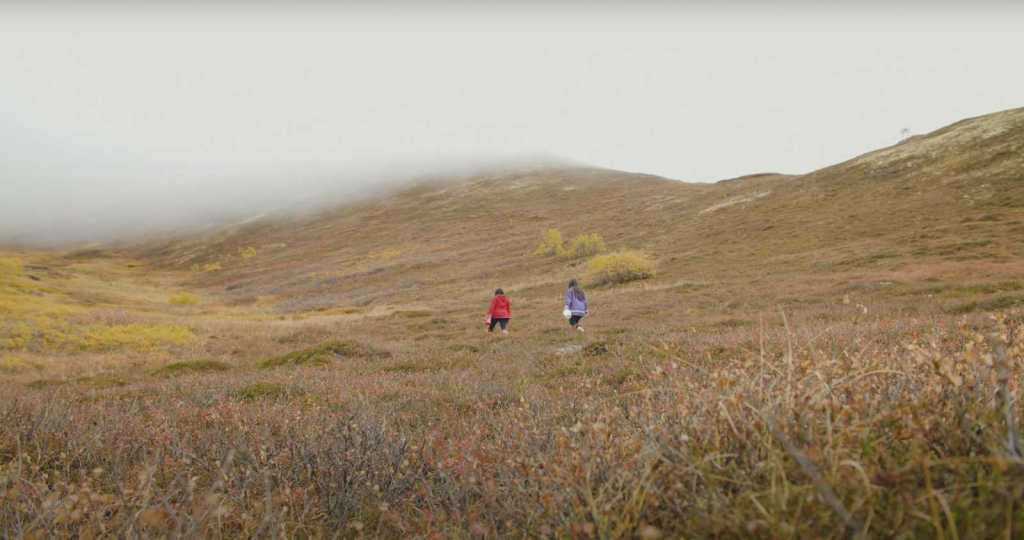
3. Native people have many unique languages
There are approximately 175 Indigenous languages spoken in the United States today.
4. We owe lots of things to Native innovation
Things that we might take for granted, like rubber, corn, kayaks, modern-day farming and even mouthwash, all find their roots in Native American design.

5. Native American culture is robust. Overall, one value all hold in common is respect for the earth, nature, and their harmonies.
Food is medicine and can heal or harm the body — depending on what we choose to put in the body. Traditional foods mostly include herbs, plants, veggies, fruits, and animals found in the respective regions where Native people live. Some of the well known traditional foods a lot of people eat and grow together are corn, beans, and squash — also known as the “three sisters”.
Traditionally, offerings and prayers are given back when these things are exchanged, or rather, when food is gathered from nature or an animal is eaten. Britni Beck from the Intertribal Agriculture Council explains: “We give thanks and pray over the abundance of what we have been given and many times give an offering back to the earth for sustaining us.”
“We try to remember that in all we do now — decisions, actions, choices — these will all affect the next seven generations, so we must be mindful to do what will be in the best interest of not just our immediate selves, but also what will be in the best interest of our descendants decades from now.” – Britni Beck, Intertribal Agriculture Council
Visit https://www.indianagfoods.org/producers to find and support Native American and Alaskan Native producers.

